[ad_1]
These trending diamond copycats are cheaper than the true subject, however are they as superior as all folks claims?
Diamond rings out there in the marketplace at a commerce honest for artificial diamonds in Zhengzhou in central China’s Henan province.
Diamond mining has a protracted historic earlier of detrimental impacts to an area, each via the environmental prices and the human prices of battle diamonds, so artifical diamonds, which embrace simulated diamonds and lab-grown diamonds, are gaining recognition. Not solely are they extra pretty priced than the long-lasting gemstone, however diamond simulates don’t require harmful mining practices.
Article continues under industrial
Though they’ve similarities, lab-grown diamonds and diamond simulates should not the an equivalent subject. And regardless of claims of them being sustainable diamonds, these variations of the gemstone even have their very private damaging environmental impacts.
So, what’s the distinction between a simulated diamond and a lab-grown diamond, and one of the best ways do they stack as loads because the important, mined diamonds?
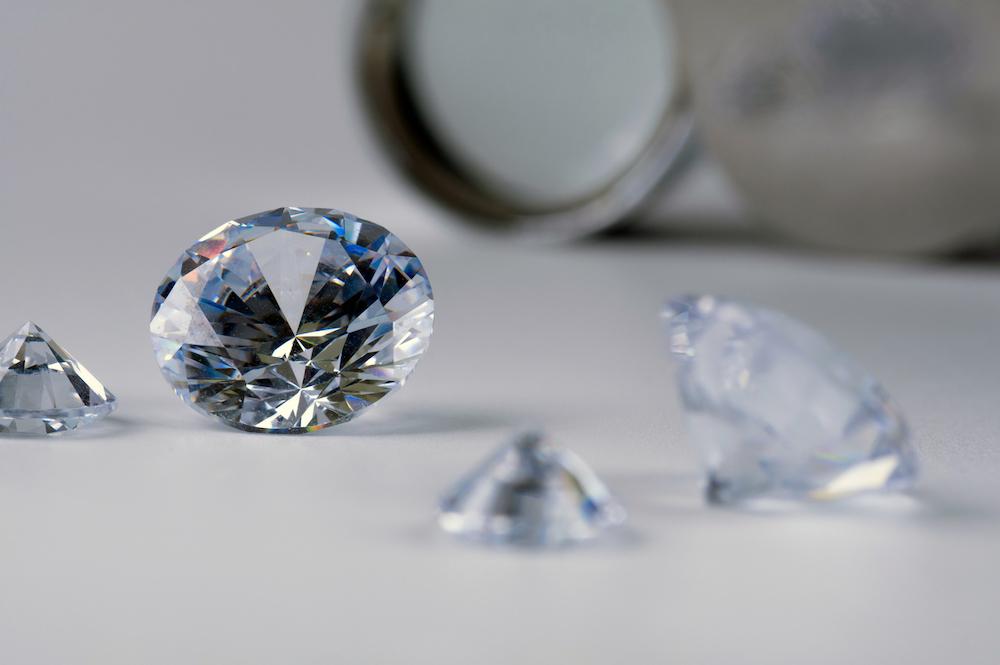
Article continues under industrial
Simulated diamonds vs. lab-grown diamonds:
There are a great deal of similarities between lab-grown and simulated diamonds, so the 2 can merely be confused — significantly on account of diamond simulates are furthermore made in a lab.
Nonetheless, simulated diamonds are diamond dupes which shall be created from a particular provides (which varies on the sort) that fastidiously imitates the diamond, whereas lab-grown diamonds are thought of precise diamonds — they merely aren’t discovered by way of commonplace mining strategies.
From a worth perspective, lab-grown diamonds value 10 to 50 % lower than mined diamonds, per the Worldwide Gem Society (IGS), though costs fluctuate wildly relying on the stone and top of the range. For instance, a 1-carat mined diamond by James Allen prices spherical $6,620 whereas an equal lab-grown diamond from the an equivalent jewellery company prices $2,420, in accordance with the IGS.
Simulated diamonds value peanuts as in contrast with lab-grown or mined diamonds, with 1-carat cubic zirconia stones typically costing lower than $30.
Article continues under industrial
What’s a simulated diamond?
A simulated diamond is a gemstone that looks as if a diamond however is a really fully fully totally different form of stone, so the make-up is totally fully fully totally different. Presumably most certainly in all probability probably the most well-known diamond simulant is cubic zirconia, a synthetically-produced gemstone fabricated from zirconium dioxide which is discovered all through the mineral, baddeleyite, per the Gemological Institute of America (GIA).
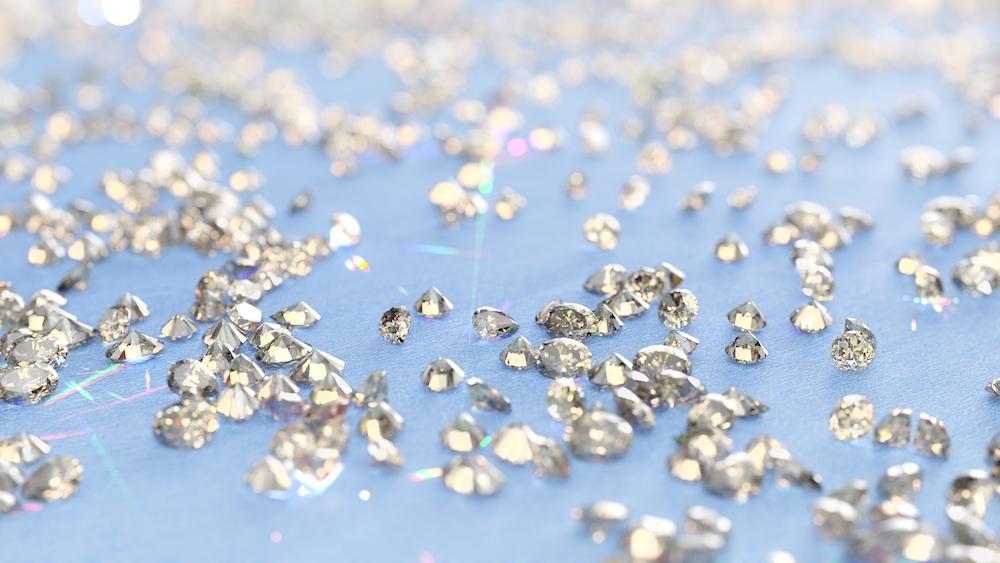
Article continues under industrial
All of those are good for these with funds, or occasions once you don’t should hazard shedding an costly wedding ceremony ceremony ceremony ring, like all by journey or fully totally different outside adventures. Nonetheless, though simulated diamonds resemble diamonds, the excellence between the 2 is clear with the bare eye.
Article continues under industrial
As outlined by the IGS, mined diamonds have a very slight yellow or brown hue, and in pure delicate emit a white delicate, whereas cubic zirconia stones, for instance, are completely clear and don’t have fairly the an equivalent sparkle as true diamonds — which even have distinctive pure imperfections. Fully totally different simulates have distinctive seen properties that “give them away,” like a barely fuzzy or blurry look.
What’s a lab-grown diamond?
There are two types of lab-grown diamonds: excessive strain/excessive temperature (HPHT), or chemical vapor deposition (CVD), which will be produced by way of two fully fully totally different strategies.
Article continues under industrial
In distinction to diamond simulates that mimic diamonds, the IGS says that lab-grown diamonds are principally equal to pure diamonds. Actually, when the FTC’s Jewellery Knowledge, which goals to guard prospects from deceptive selling and promoting and advertising and marketing strategies, was up to date in 2018, the time interval “pure” was away from the normal definition of a diamond.
As reported by Forbes, the FTC acknowledged that the ruling was made on account of: “it isn’t proper to stipulate diamonds as ‘pure’ when it’s now doable to create merchandise which have principally the an equivalent optical, bodily, and chemical properties as mined diamond.”
Article continues under industrial
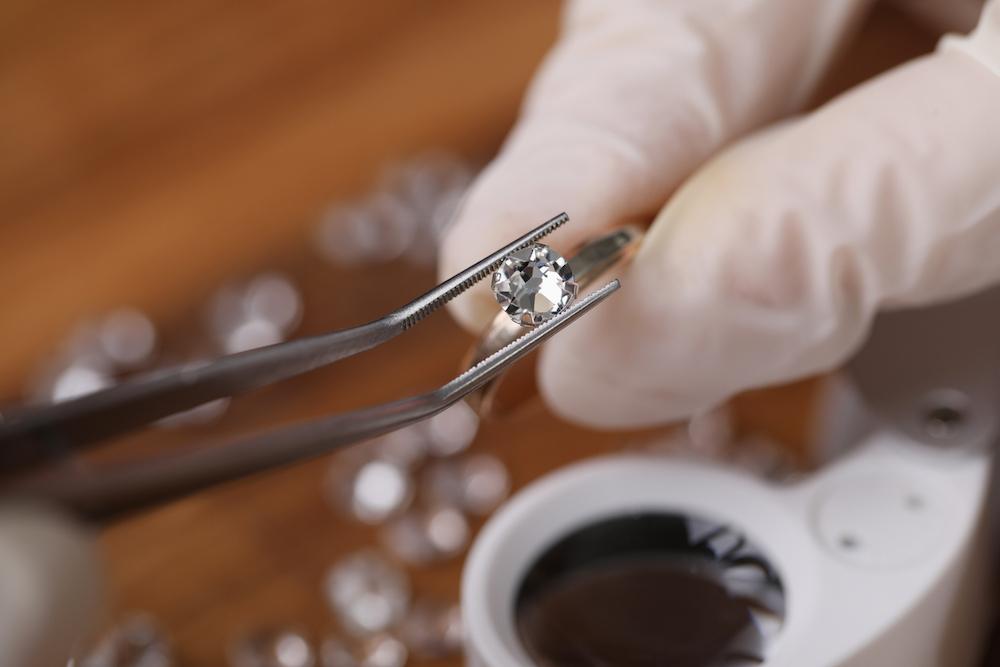
Nonetheless, one distinct distinction between lab-grown diamonds and mined diamonds happens via the slicing course of. Extra from mined diamonds is discarded, whereas lab-grown diamonds are grown to the precise dimension wished, so nothing is wasted. To forestall mined diamond waste, bigger stones are usually saved instead of lower, which may have an effect on the standard of the stone.
Article continues under industrial
Like mined diamonds, lab-grown diamonds have small imperfections on account of the circumstances all through the lab mimic these present in nature. Lab-grown diamonds bear the an equivalent grading system as mined diamonds, ensuring consistency for patrons.
In response to CBS Knowledge, demand for lab-grown diamonds rose by spherical 47 % in 2023, inflicting the worth to drop by about 20 %, as extra producers joined the product gross sales progress. When you are going to get an equal product at a fraction of the worth, it’s no shock that lab-grown diamonds are gaining in recognition — however are these diamond decisions a greater threat concerning the environmental affect?
Article continues under industrial
Are lab-grown or diamond simulates elevated than mined diamonds?
Diamond simulates and lab-grown diamonds have develop to be a gorgeous diverse for these on the lookout for a extra moral threat. That talked about, artifical gem stones should not with out factors.
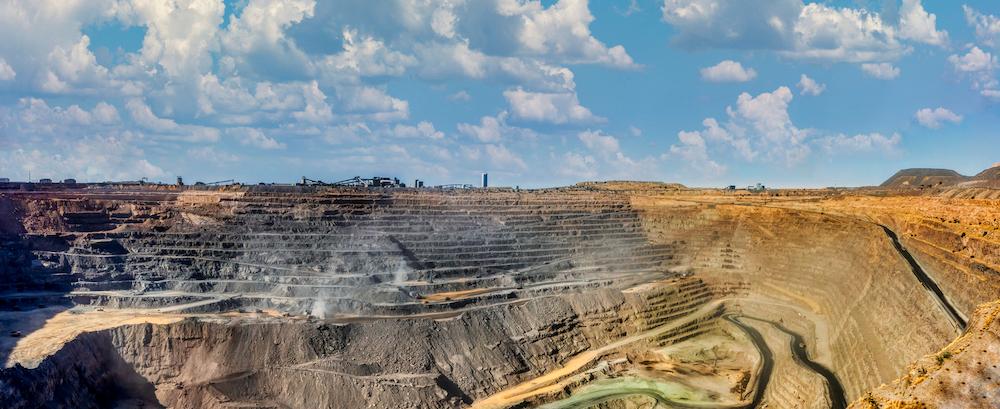
Article continues under industrial
In response to the IGS, for every polished carat of mined diamonds, the carbon equal of about 160 kilograms of greenhouse gasoline is launched into the ambiance. In distinction, 1 carat of lab-grown diamond produces a staggering 511 kilograms of greenhouse gasoline — thrice higher than mining. Earth911 components out that apart from the lab-grown diamond producer makes use of renewable vitality (which most don’t), labeling lab-grown diamonds as “sustainable” isn’t actually an proper declare.
That talked about, diamond simulates and lab-grown diamonds are nonetheless fairly a bit loads a lot much less harmful than mined diamonds. These diverse processes keep away from open pit diamond mining, which destroys full ecosystems, pollutes waterways, causes large deforestation, and harms soil. On widespread, 250 tons of earth are moved per each carat that’s mined, in accordance with the IGS.
In quite a lot of worldwide locations the place mining is widespread, employees expertise harmful working circumstances for low pay, and youngsters are furthermore compelled to do highly effective handbook labor. Diamond mining has been used to bankroll civil wars, contributing to much more violence in turbulent areas. When contemplating all of those components — not merely the greenhouse gasoline emissions — diamond simulates and lab-grown diamonds preserve a greater diverse to mined diamonds.
[ad_2]
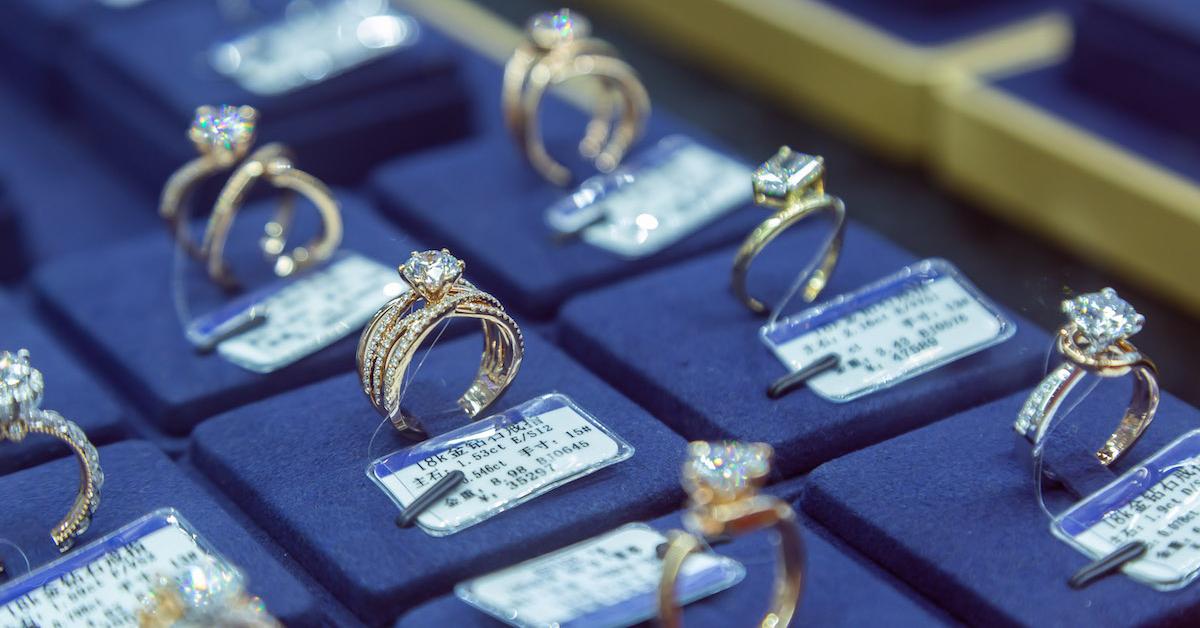


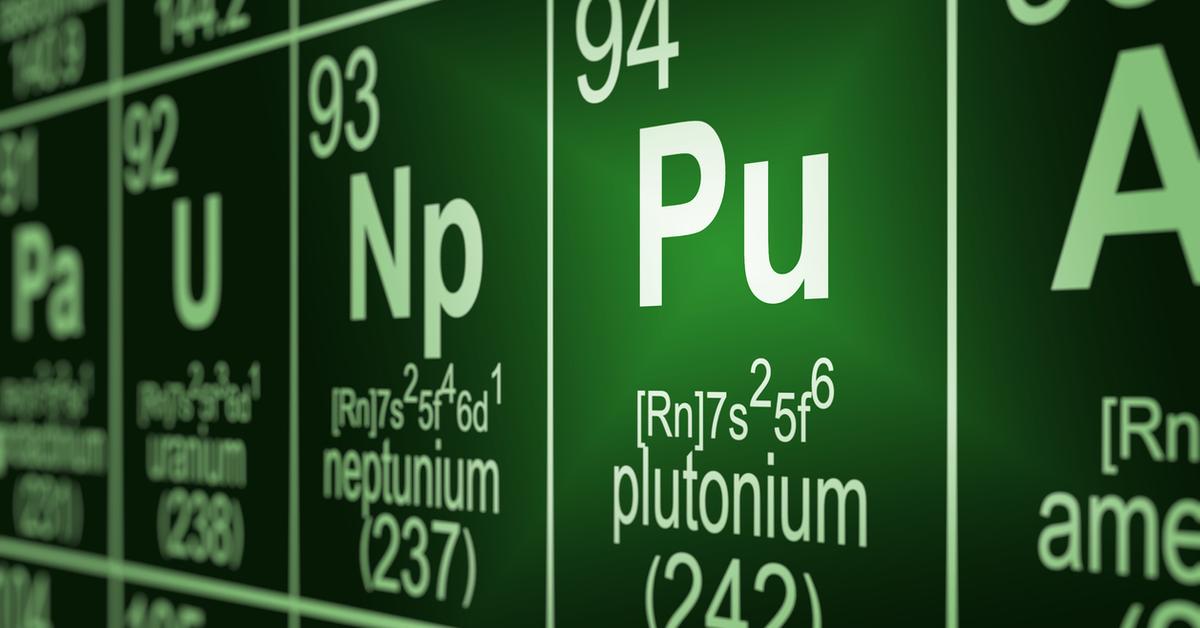

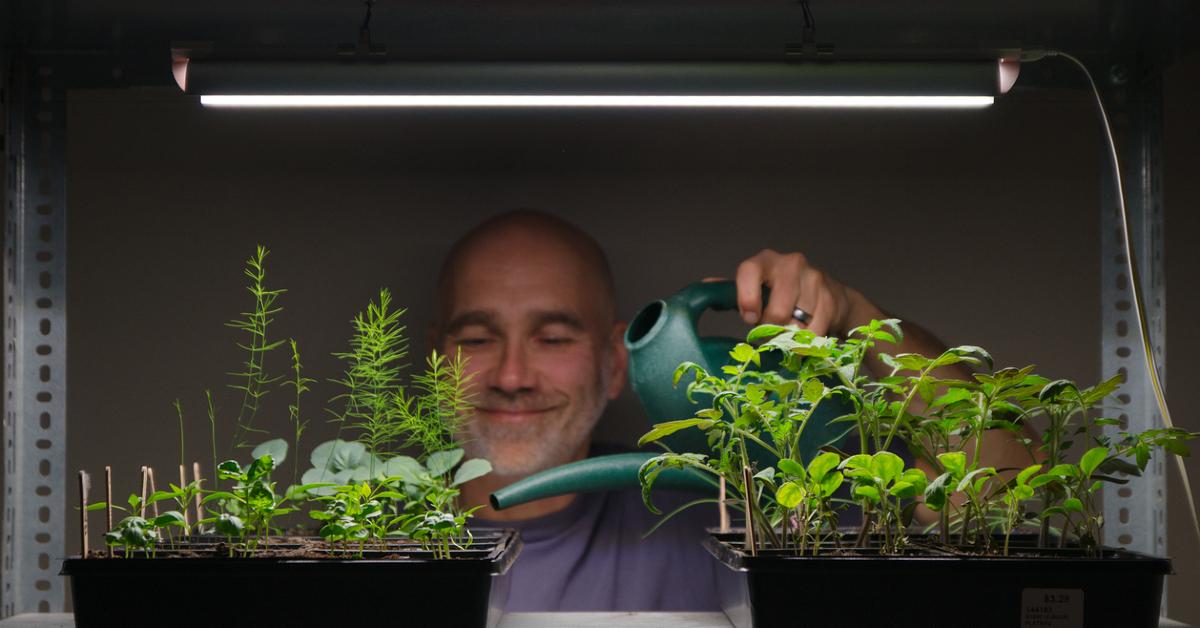
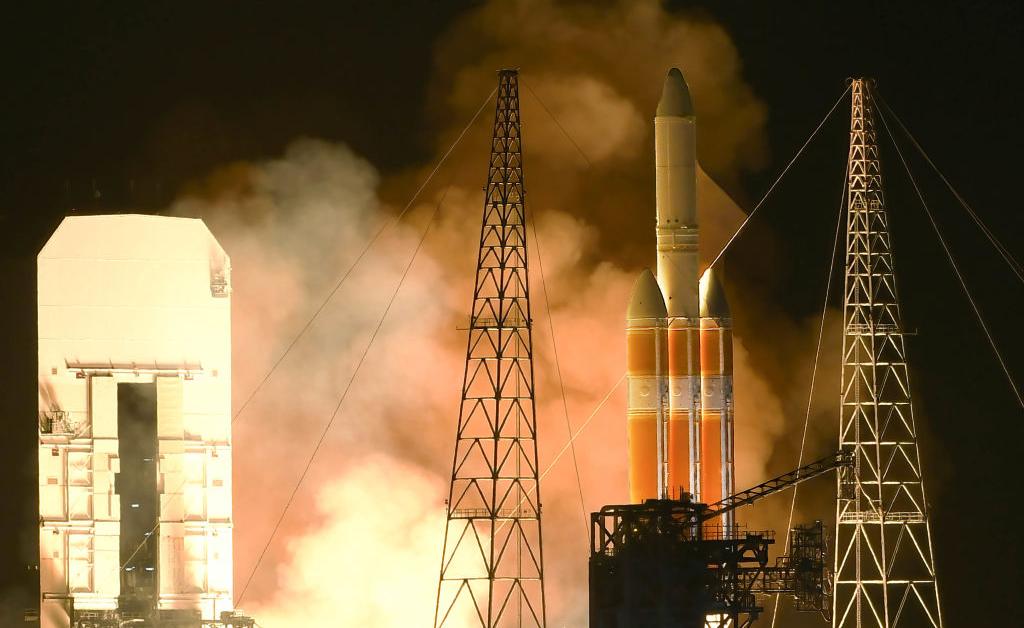




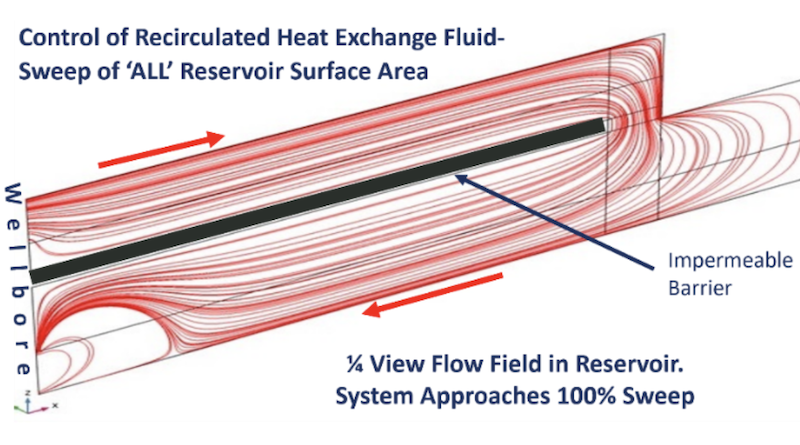
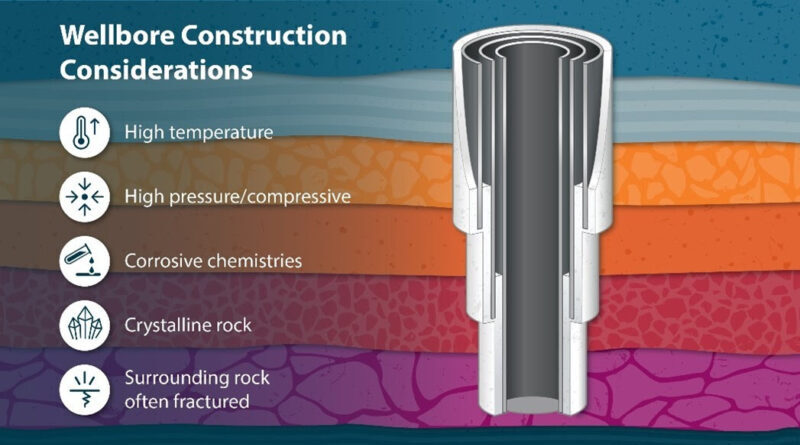

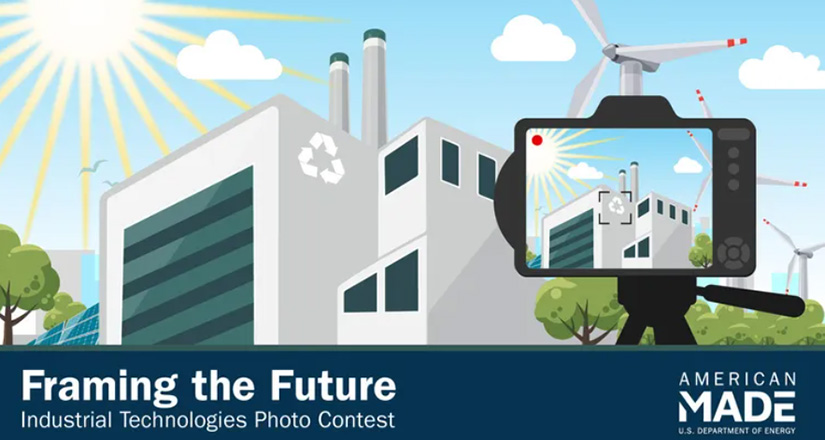
Leave a Reply